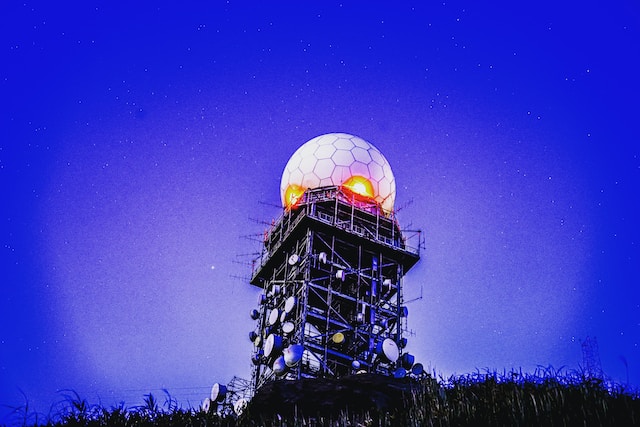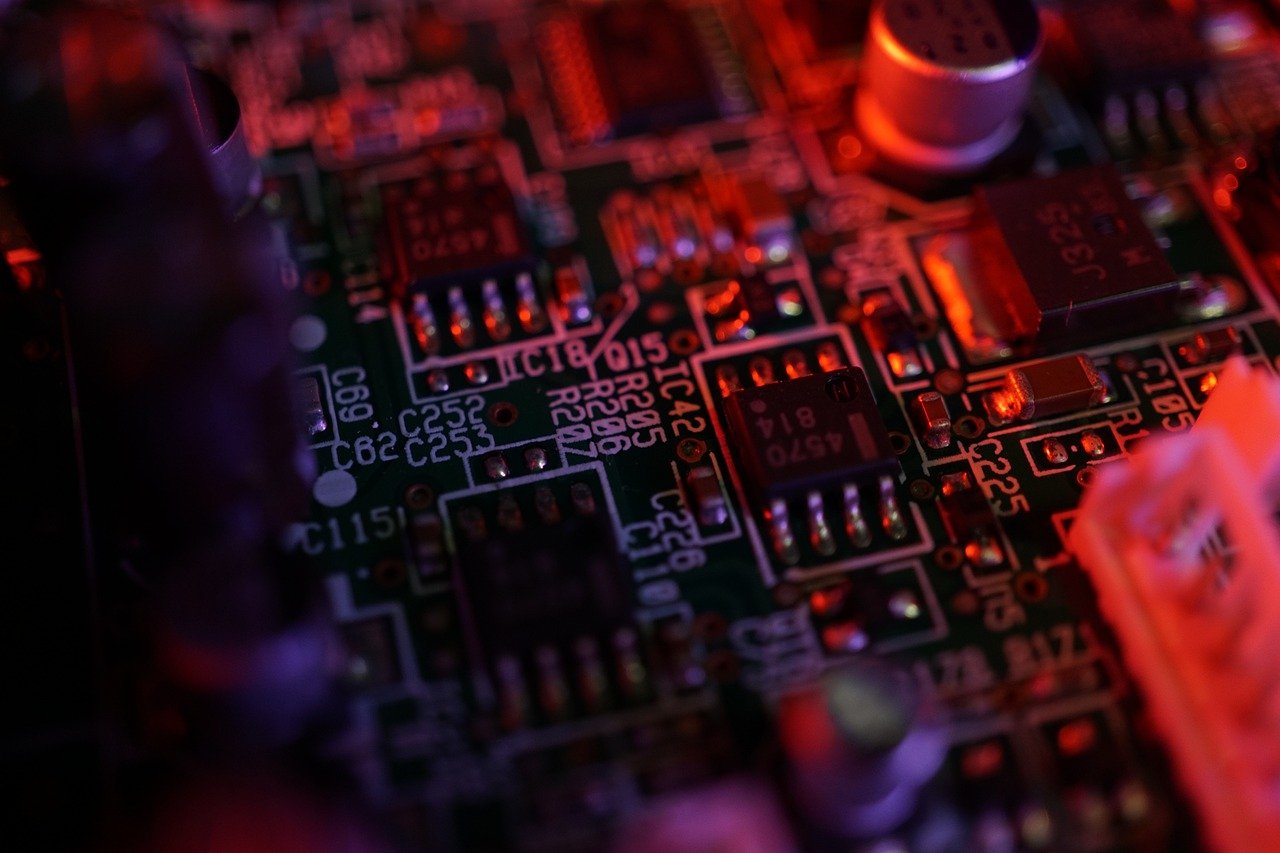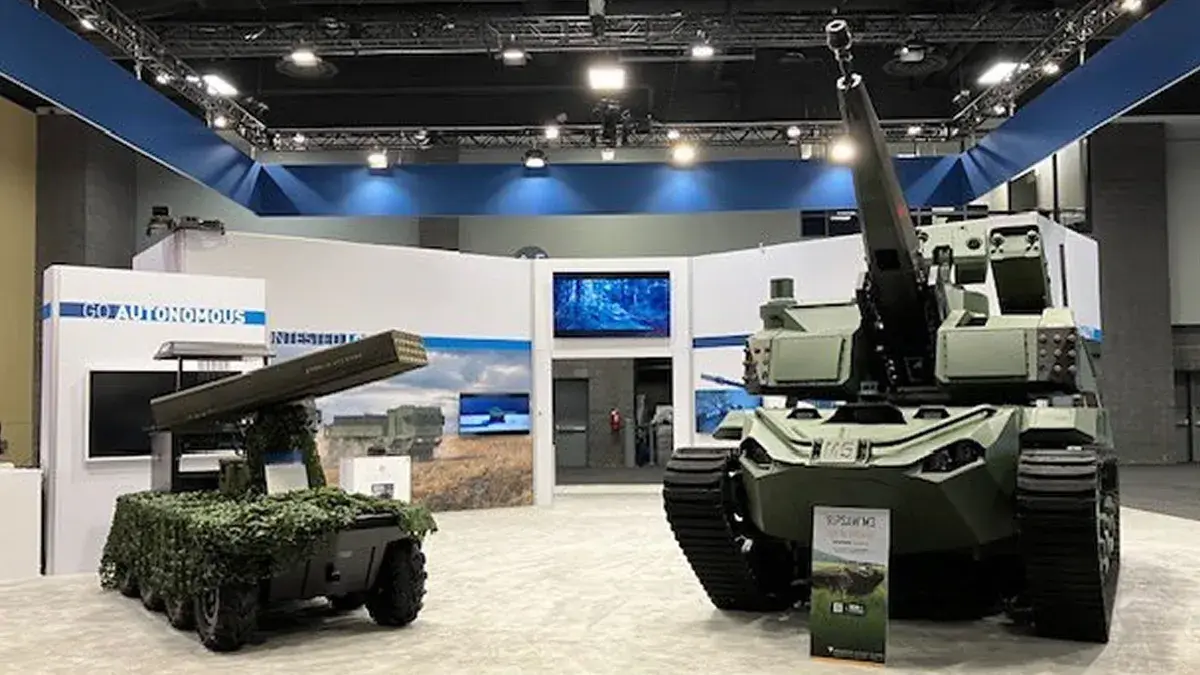Ever wondered how radio detection and ranging (RADAR) works or how your smart devices connect wirelessly to the internet? Or maybe how you get real-time information from across the globe with satellite systems? The answer to these questions lies in Microwaves and radio frequency.
Both these electromagnetic waves have pretty much revolutionized the world, particularly how we communicate. These waves offer a wide range of everyday applications and have become quite popular due to their growing uses.
For instance, Rogers 4350B, a high-frequency laminate used in PCB fabrication, is specifically designed to meet the requirements of microwave and RF applications.
Understanding the properties of microwaves and radio frequencies in PCB fabrication is crucial. Materials like Rogers 4350B, known for its superior electrical and mechanical properties, are widely used in producing PCBs for microwave and RF applications.
In this blog post, we will talk about radio frequency and microwave and the role of materials like Rogers4350B in this high-end technology.
Radio Frequency – What Is it?
The longest range in the electromagnetic spectrum is of radio frequency that lies between 3 kHz to 300 GHz. Radiofrequency is of utmost importance in wireless communication as it can carry information over long distances. This is why it is used in radar systems, satellite communications, and wireless communications, such as those involving Rogers 4350B, a material commonly used in high-frequency PCB fabrication.
Bluetooth devices, Wi-Fi networks, mobile phones, and various other technologies utilize radio frequency for connectivity and smooth communication. Materials like Rogers 4350B are often chosen for PCB fabrication in these applications due to their excellent electrical properties at these frequencies.
Radio waves can be of different types depending upon their frequency regions. Radio waves have the longest wavelength. These properties make them ideal for use in Rogers PCBs designed for high-frequency applications.
Properties of RF
Radiofrequency travels with the speed of light, having both particle and wave nature. These waves are generated using oscillating circuits, which produce electromagnetic signals. It is the frequency and amplitude of these waves that determine their properties.
RF has the capability to propagate in all directions. These waves can be modulated to transmit data and carry audio and video signals. Some common modulation techniques for RF include frequency modulation and amplitude modulation.
For improved radio frequency performance and minimal information loss through signals, engineers prefer High-frequency PCB design for their wireless transmitters.
Applications
Radiofrequency has a number of important applications in several industries. Wireless communication is one of its primary applications, as these transmissions are made of radio frequency signals. These signals are generated by a transmitter at one end and picked up by a receiver at another. RF microwave components play a crucial role in this process, ensuring efficient signal transmission and reception.
It also has a role in supporting and broadcasting AM and FM radio transmission. Radiofrequency is also used in military surveillance, weather monitoring, and air traffic control.
Radiofrequency is also an important aspect of developing connections for space communication.
Engineers prefer Rogers PCBs to design high-performance antennas in satellite communication as it allows smooth data transmission and reception.
Microwaves – What Is it?
Microwaves are also a type of electromagnetic wave having a low frequency and longer wavelength. Though they are usually classified under radio waves, they are quite different due to slightly higher frequencies. Microwaves fall on the higher frequency end of the radio waves. The frequency of microwaves lies between 300 MHz to 300 GHz.
These waves have a lot of applications in radar systems, satellite and communication technology, and very famous; ovens. The shorter wavelengths of these waves allow for excellent penetration and high directionality. This is what makes them practical for remote sensing and other such applications.
Properties of Microwaves
These waves radiate electromagnetic energy with shorter wavelengths and travel straight. This characteristic is crucial for high-frequency PCB fabrication.
Microwaves are non-ionizing radiation, which means they cannot cause ionization in living tissues. This is one reason it is safer and has a wide range of applications than ionizing gamma rays and X-rays.
Microwaves of high frequency are also used in high-speed transmission of data, such as microwave backhaul links and fiber-optic communication systems.
When it comes to the manufacturing of electrical devices, Rogers 4350B is often the substrate material of choice for PCB fabrication.
Rogers PCBs are also typically preferred for high-frequency PCB applications.
Applications
The penetration power of microwaves makes them ideal for point-to-point communication and radar systems. Since these waves can also be directed and focused, they allow for efficient signal transmission and reception.
Another well-known application of microwaves is the microwave oven, which is used to heat food by exciting the water molecules present within the food.
Moreover, Rogers 4350B is widely used in electronics in HDI PCB fabrication. Its excellent dielectric constant makes it a preferred choice for manufacturing Rogers PCBs that are generally used in high-speed, commercial microwave, and radio frequency applications.

Radio Frequency Vs. Microwaves – The Difference
Though the terms microwaves and radio frequency are used interchangeably, there is a slight difference in their properties and hence their applications.
Frequency: Both waves are a part of the electromagnetic spectrum. Radio frequency ranges between 3 kHz and 300 GHz, while microwaves lie between 300 MHz to 300 GHz. This distinction in frequency ranges is important when designing and fabricating PCBs, especially high-frequency PCBs where materials like Rogers 4350B are commonly used.
Heating: Since we cannot control the microwave transfer from source to product, the product absorbs uneven energy and thus has fluctuating temperatures. While in the case of RF, it is transferred through an applicator, so the energy absorbed by the product is always even. This aspect can influence the choice of material for PCB fabrication, with Rogers PCB being popular due to its consistent performance under varying conditions.
Safer Operation: Due to the comparatively short wavelength of microwaves, they are more difficult to shield than RF.
Energy efficiency:The energy efficiency of microwaves and RF is around 70%, but due to the energy reflection phenomena in microwaves, their overall energy efficiency is about 55%. This reinforces the need for materials like Rogers 4350B in high-frequency PCBs.
Wrapping Up!
It won’t be wrong if we say radio frequency and microwaves are the backbones of modern communication and wireless connectivity. Most engineers prefer Rogers 4350B to perform exceptionally well as they provide excellent electrical properties. This is especially true when fabricating high-frequency PCBs, where the stability and reliability of the Rogers PCBs play a crucial role.
In addition, the development and expansion of new technology like the Internet of Things have certainly led to an increased demand for radio frequency-based devices to make human life more interconnected and efficient.
These waves don’t seem to stop astonishing us with new applications every day. A prime example of this is the ongoing development of 5G, a revolutionary technology that relies heavily on high-frequency PCBs and materials like Rogers 4350B.







